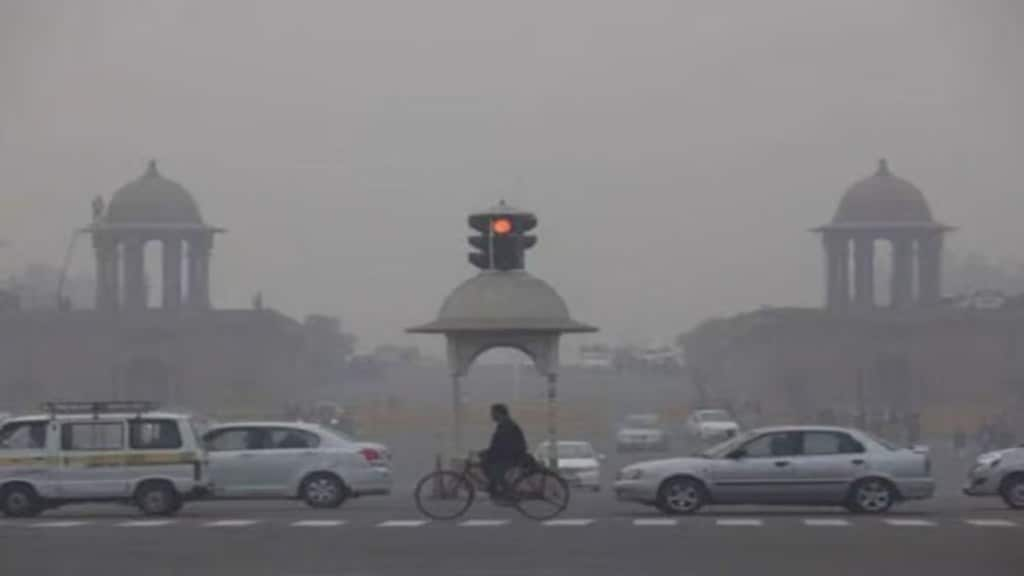The Delhi Transport Department has mandated vehicle owners to affix colour-coded stickers on their vehicles, indicating the type of fuel they use. This move is in compliance with a Supreme Court order issued on August 12, 2018, and amendments to Rule 50 of the Central Motor Vehicles Rules, 1989.
The department’s public notice states that all vehicles in the National Capital Territory (NCT) of Delhi must install chromium-based hologram stickers to help enforcement authorities identify fuel types easily during road checks. The colour-coded stickers are designed to assist in visual identification of vehicles using petrol, diesel, CNG, or electric fuel, thus aiding in the ongoing efforts to reduce pollution and improve air quality in the city.
This regulation applies to both new and old vehicles. For new vehicles, the requirement has been in effect since April 1, 2019, while older vehicles, registered before March 31, 2019, are now also required to comply. The stickers must be affixed on the windscreen of the vehicles to meet legal standards.
For owners of older vehicles, the Transport Department has advised them to visit their respective vehicle dealers to have the stickers installed. An online facility has also been set up for booking the installation of both the High-Security Registration Plates (HSRP) and the fuel-type stickers. Vehicle owners can access this service through the Society of Indian Automobile Manufacturers (SIAM) website or the Transport Department’s online portal.
The colour-coded stickers carry crucial vehicle information, including the registration number, registering authority, a laser-branded PIN, and details of the engine and chassis numbers, to ensure traceability and compliance.
Failure to comply with the new mandate will result in penalties under the Motor Vehicles Act and associated rules, with vehicle owners urged to act promptly to avoid fines and legal action. The Transport Department has emphasized the importance of adhering to these regulations to help improve the city’s air quality and reduce vehicular emissions.
(With PTI Inputs)


